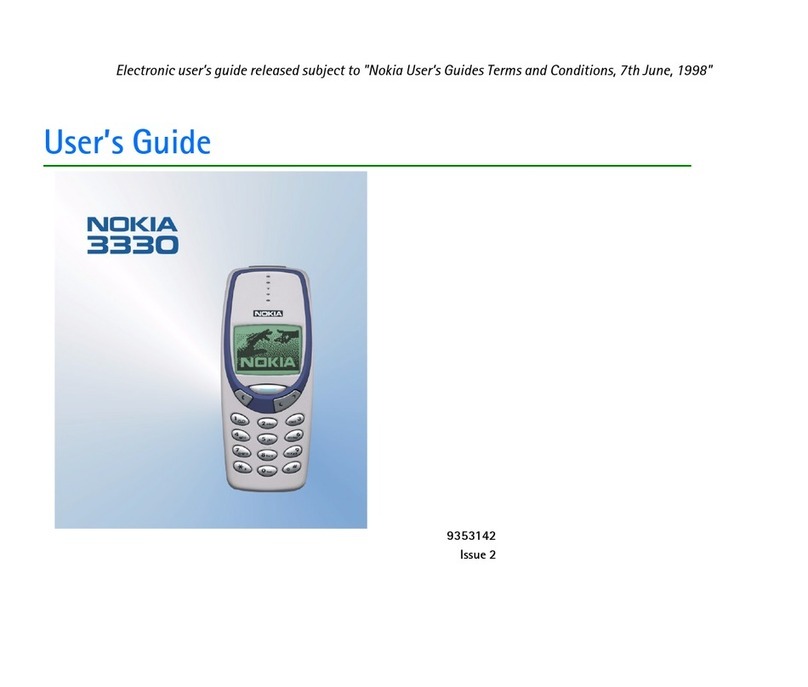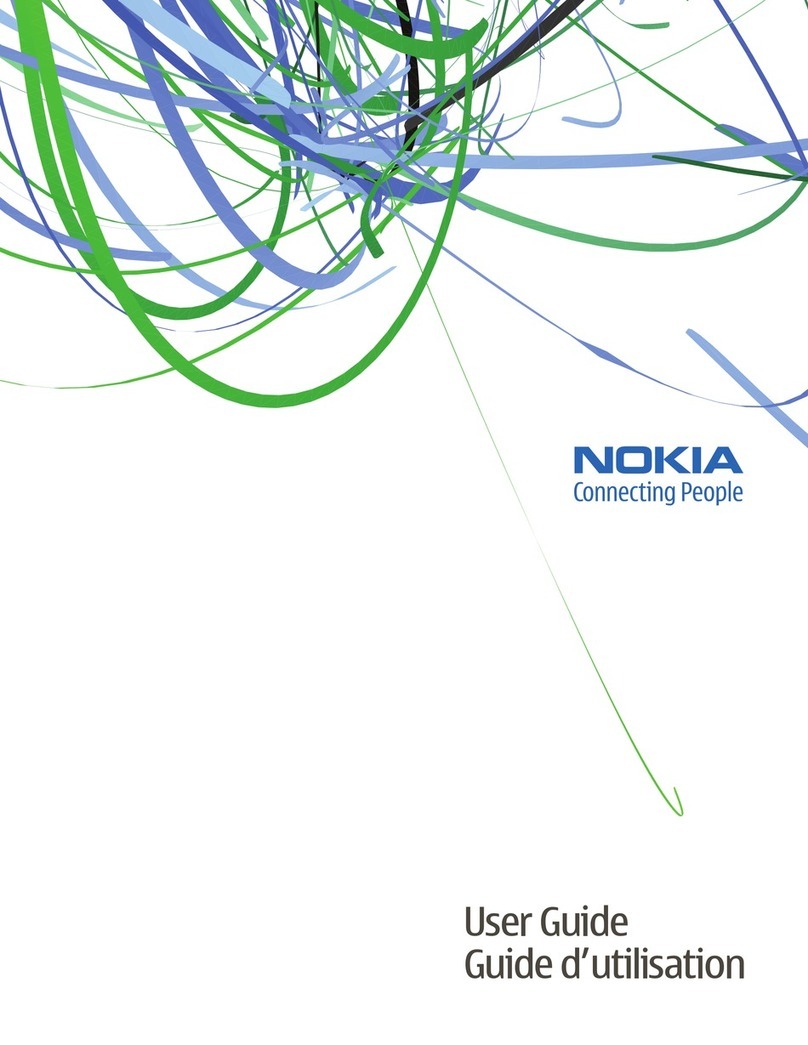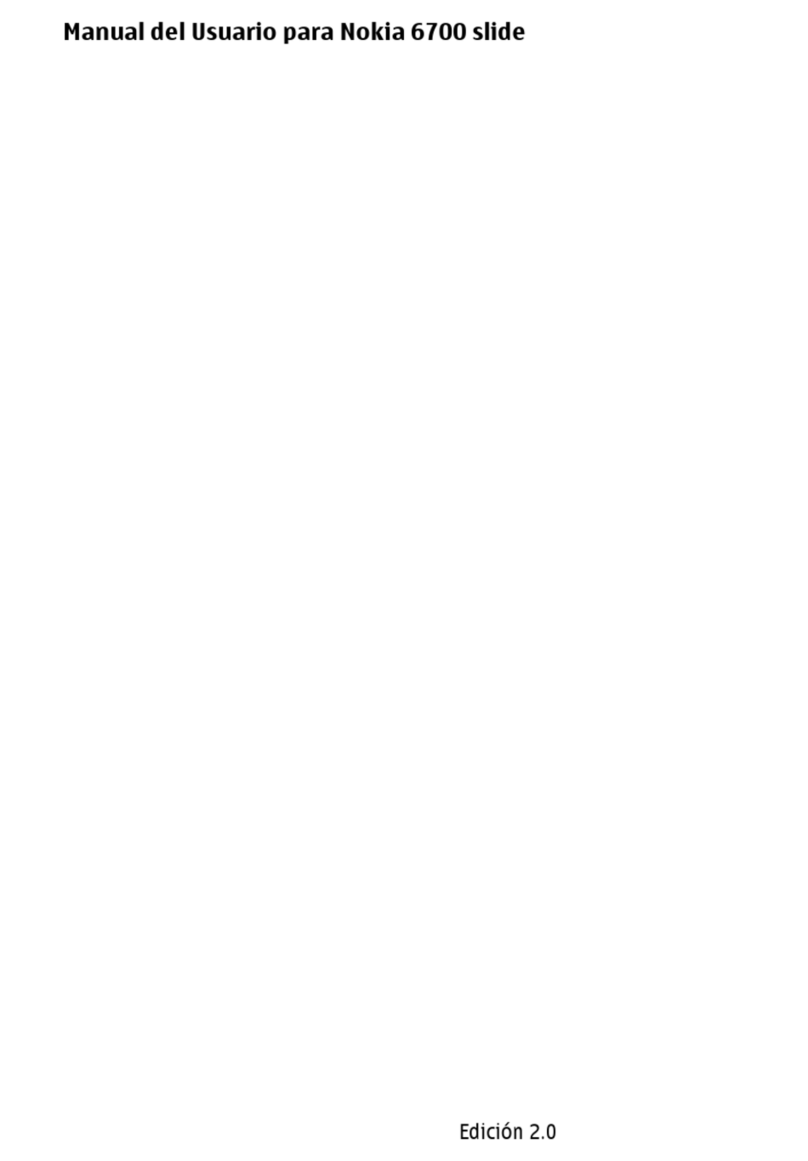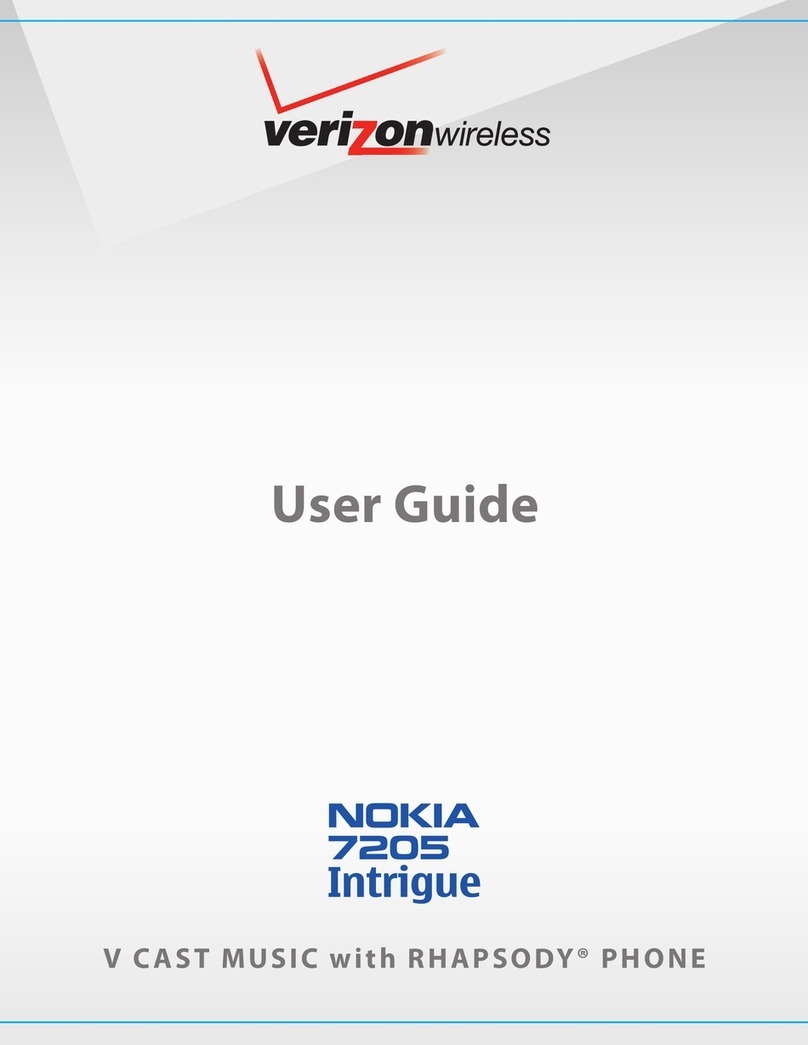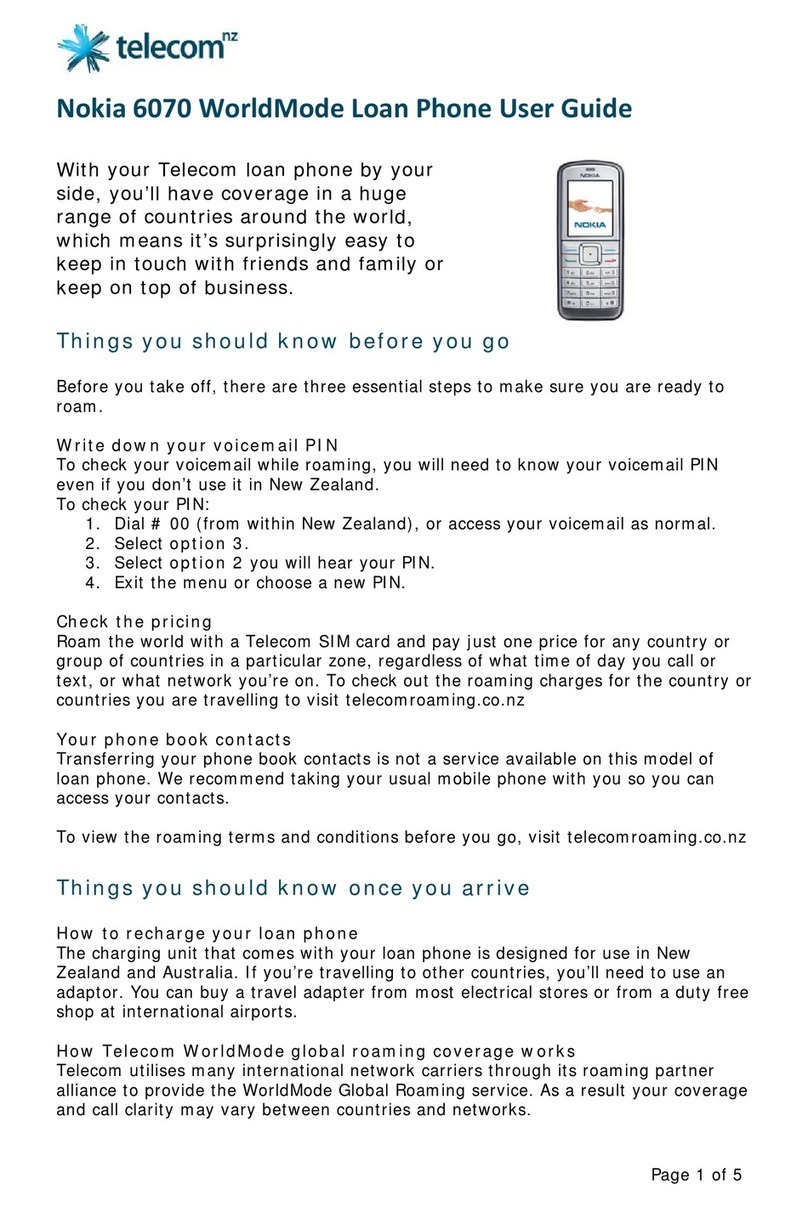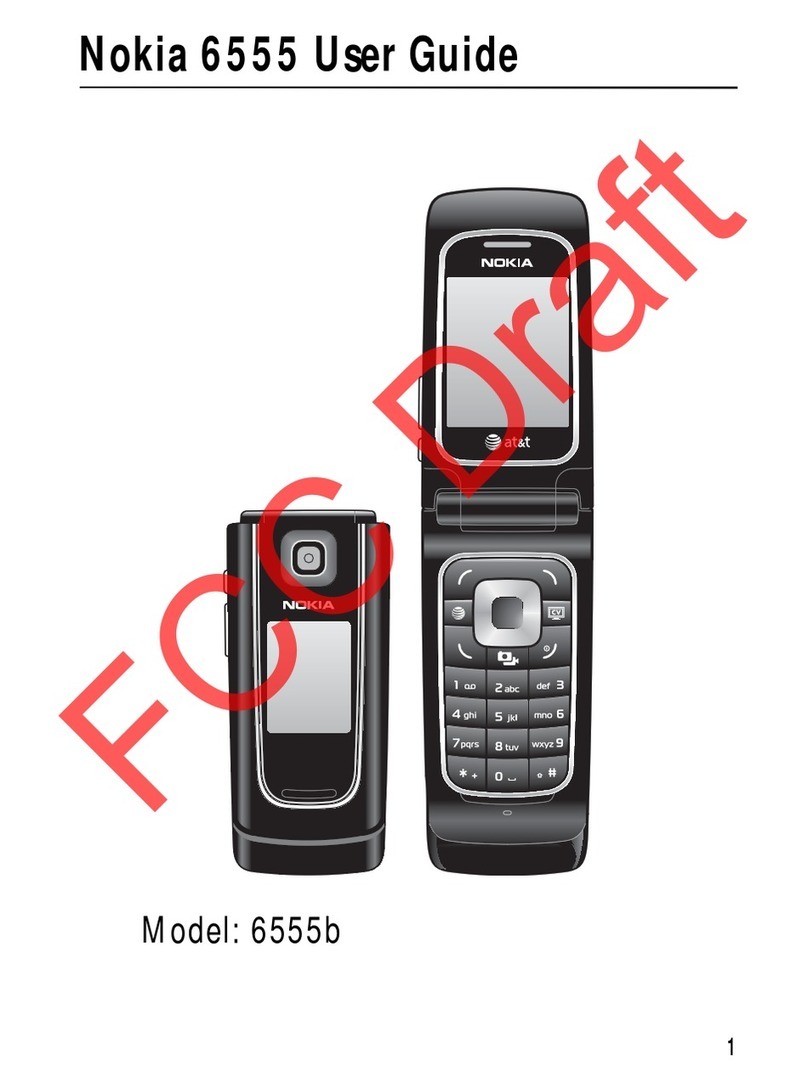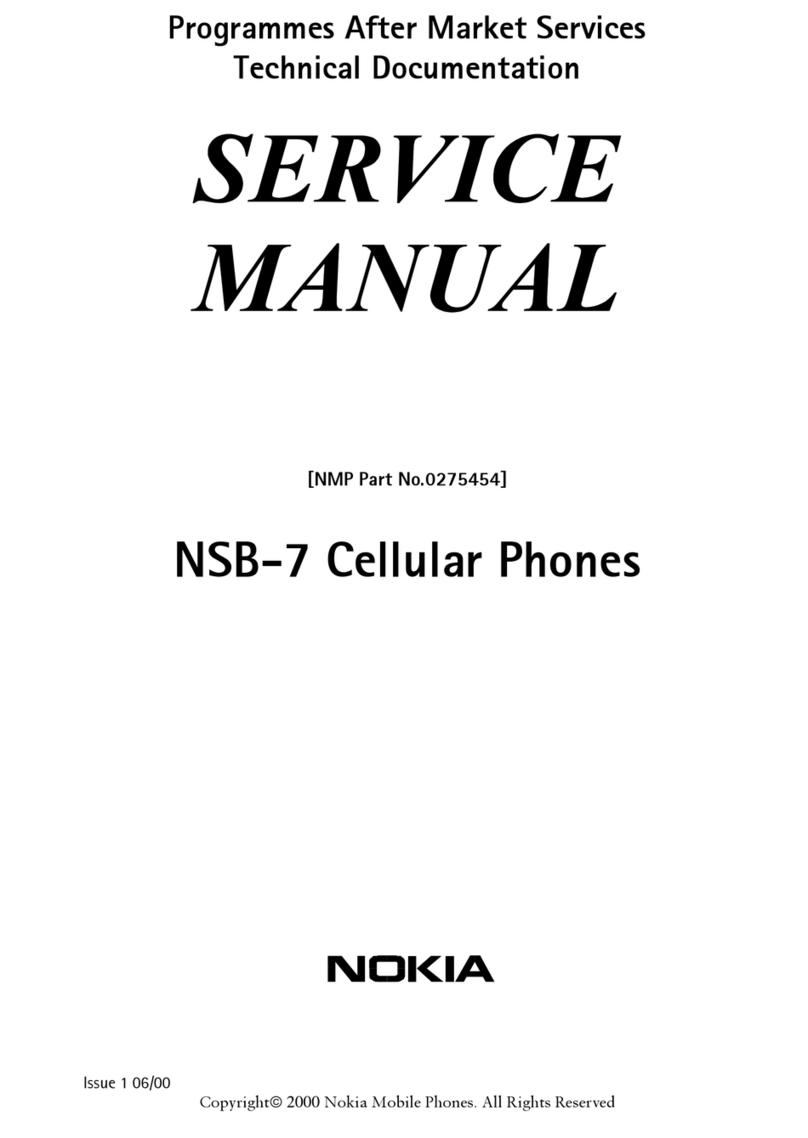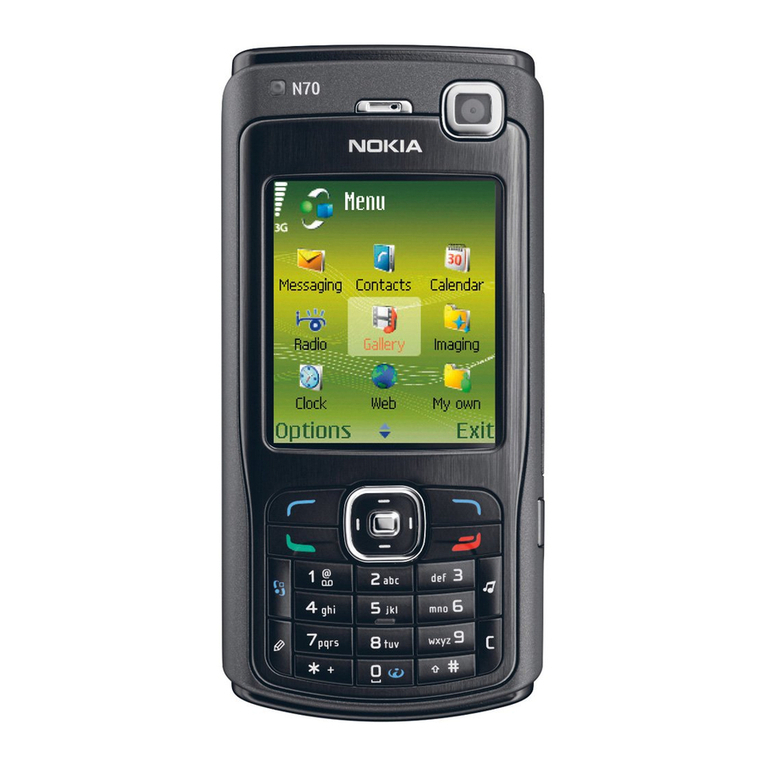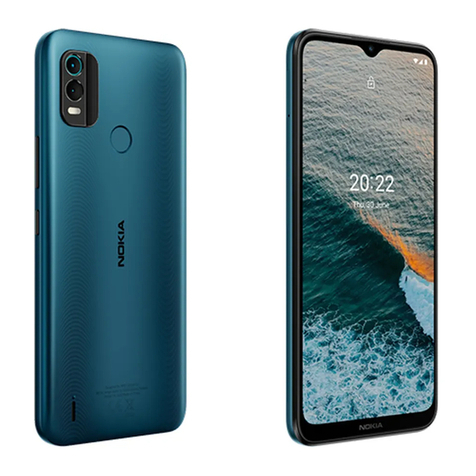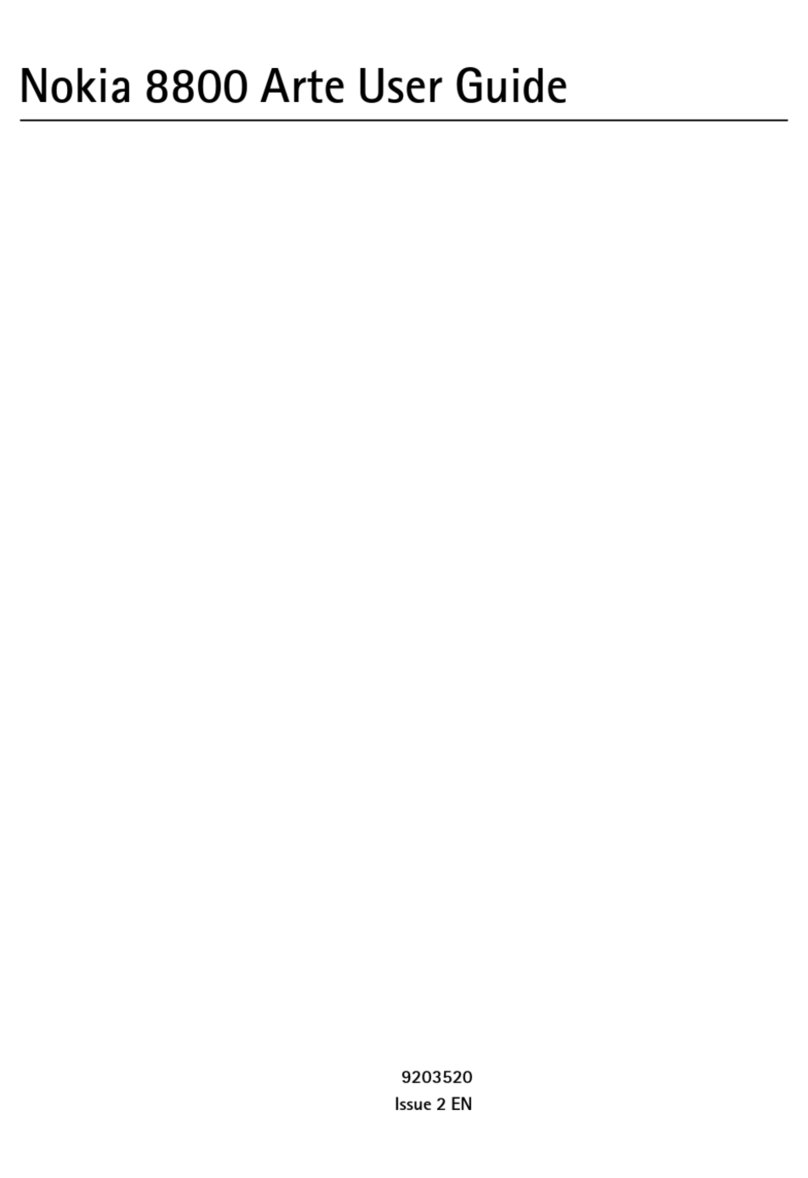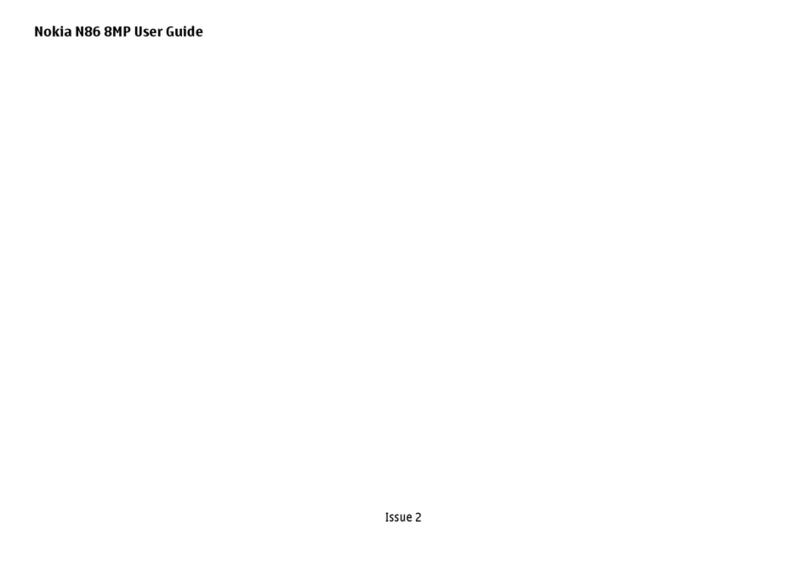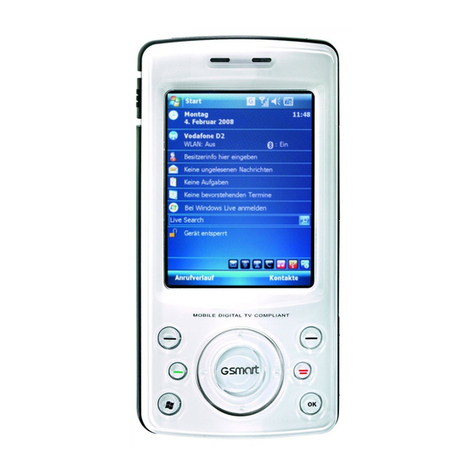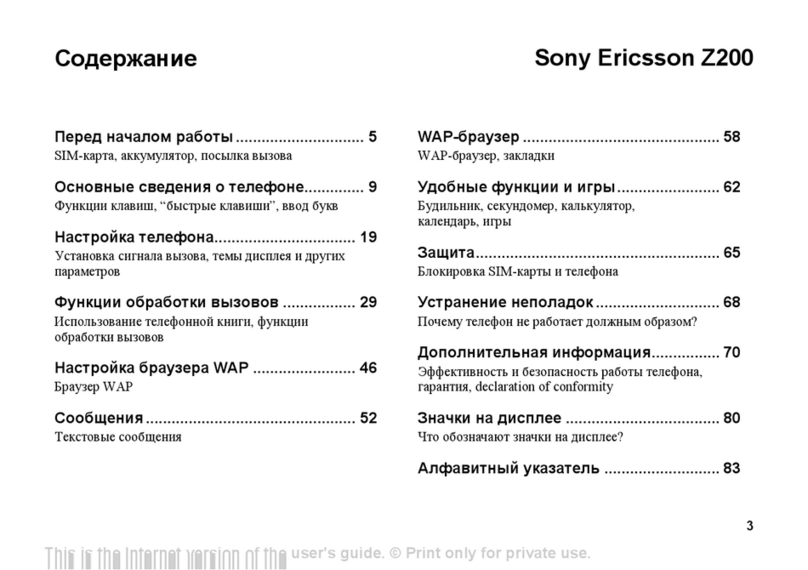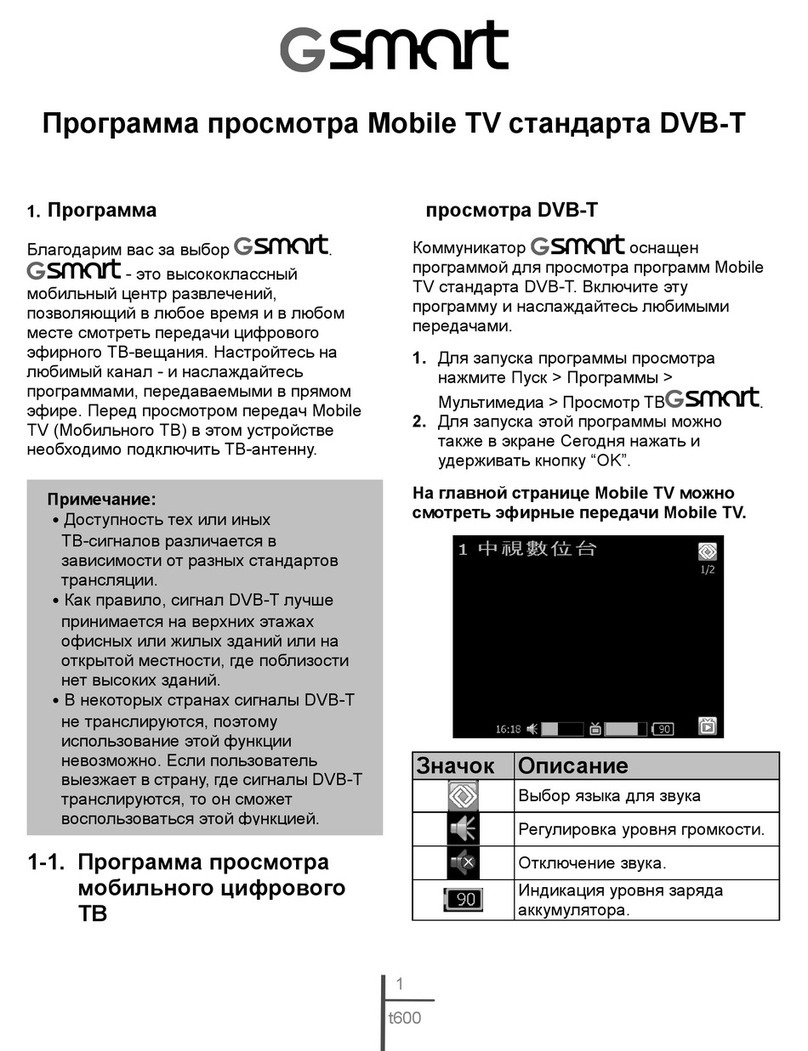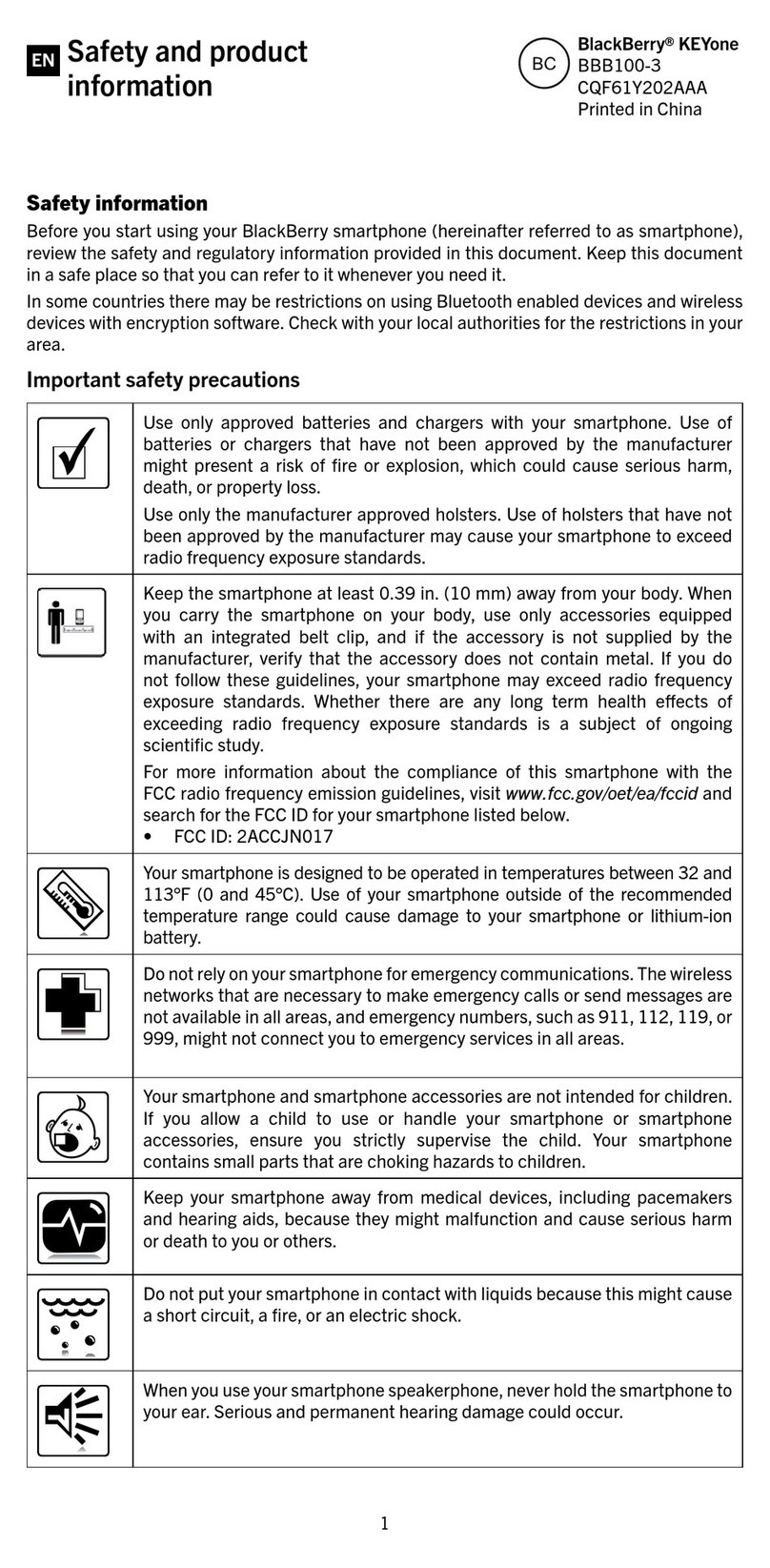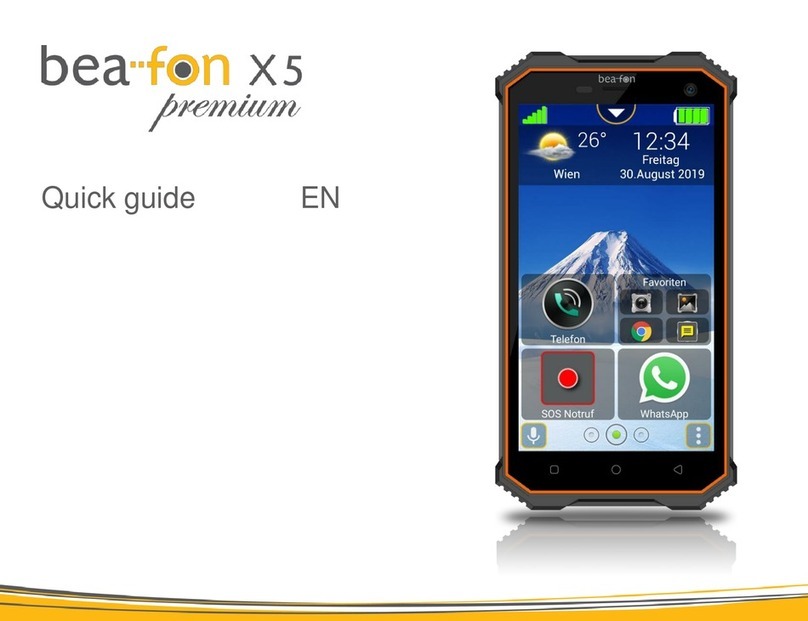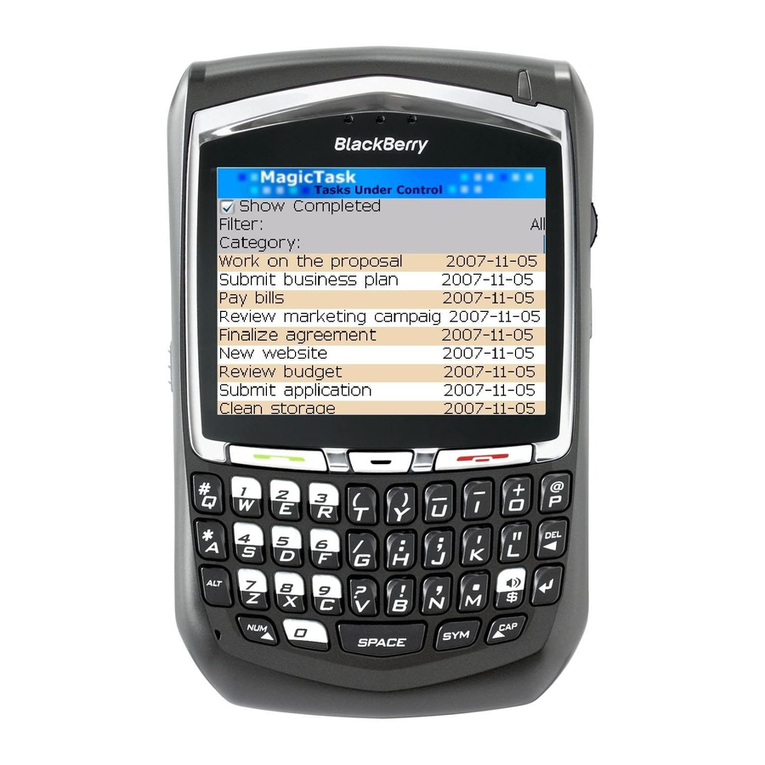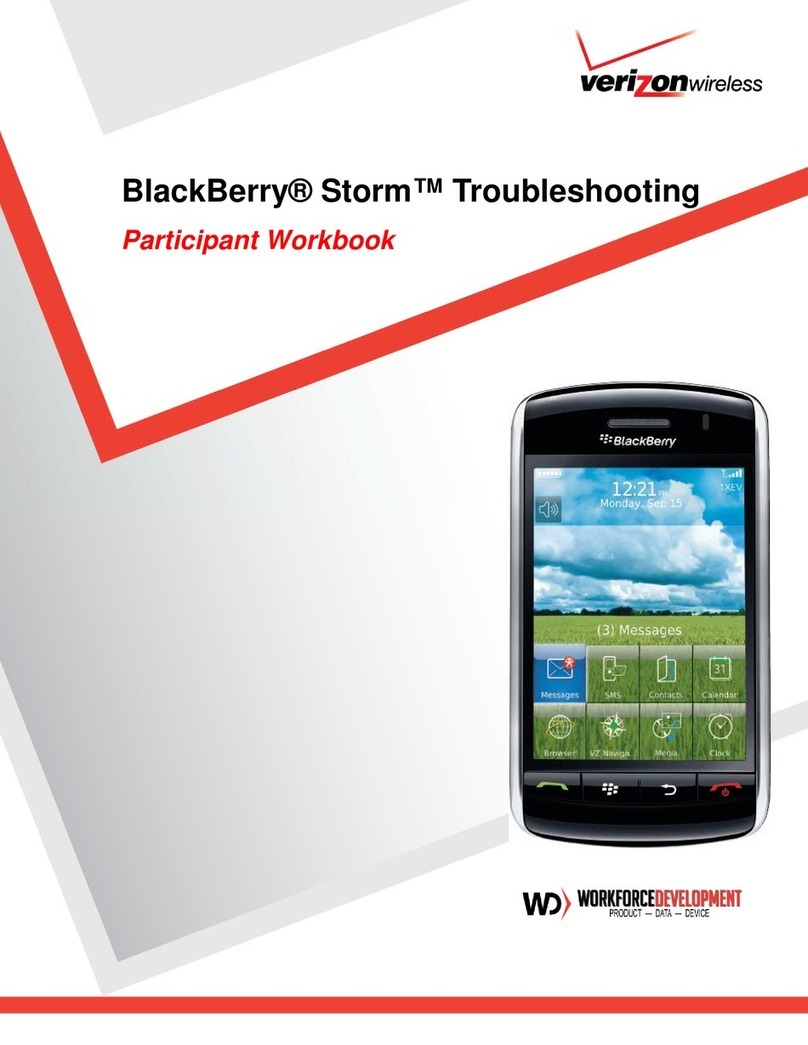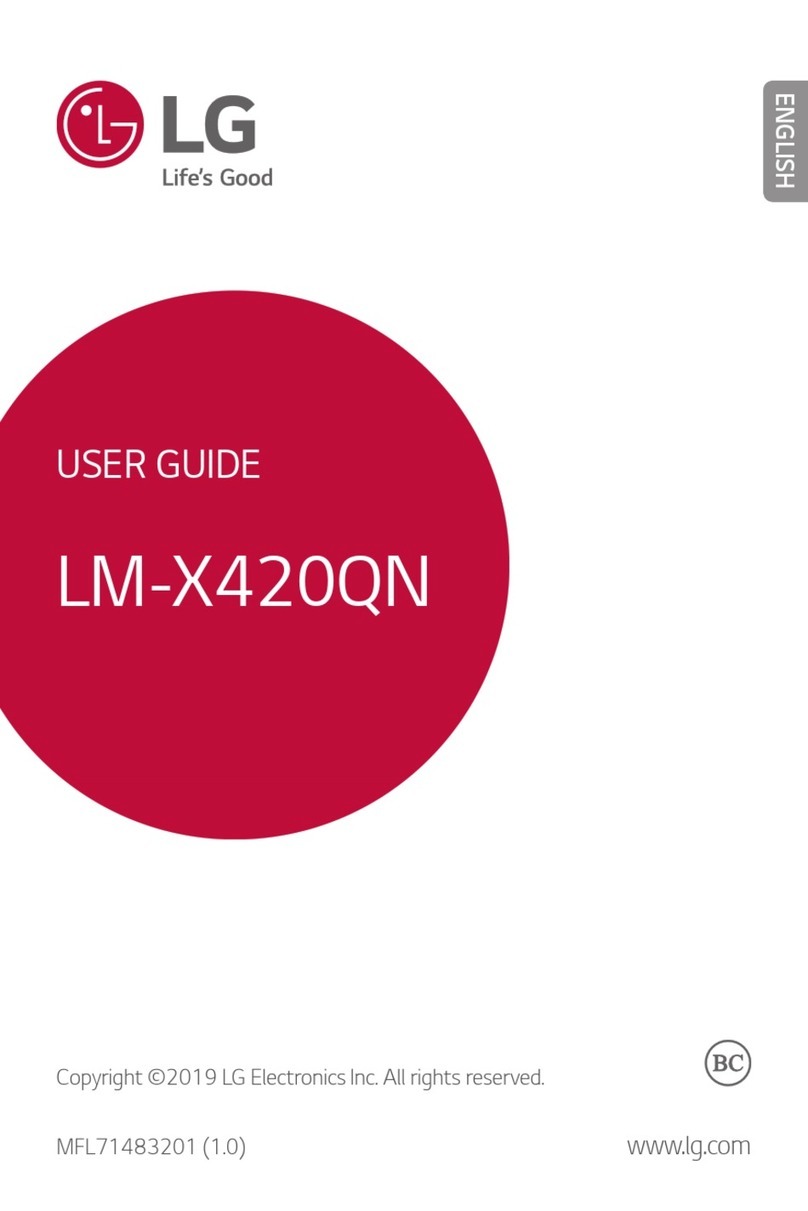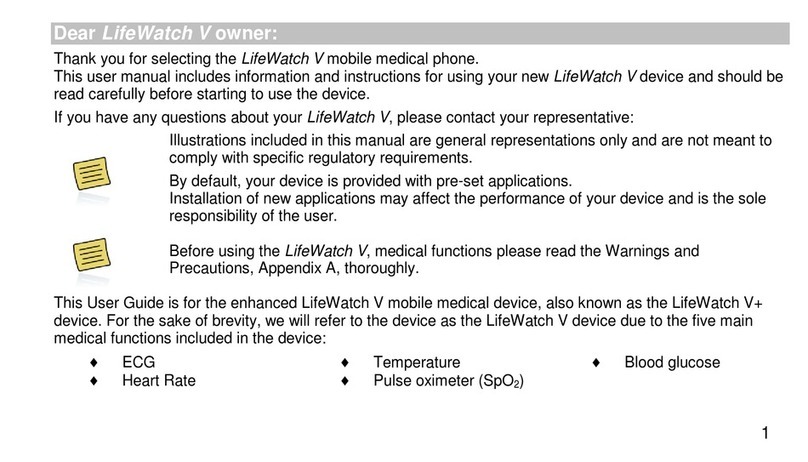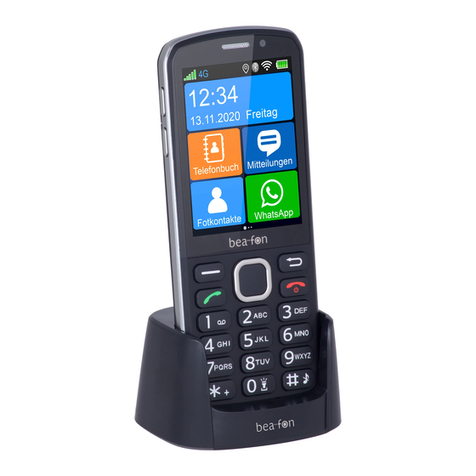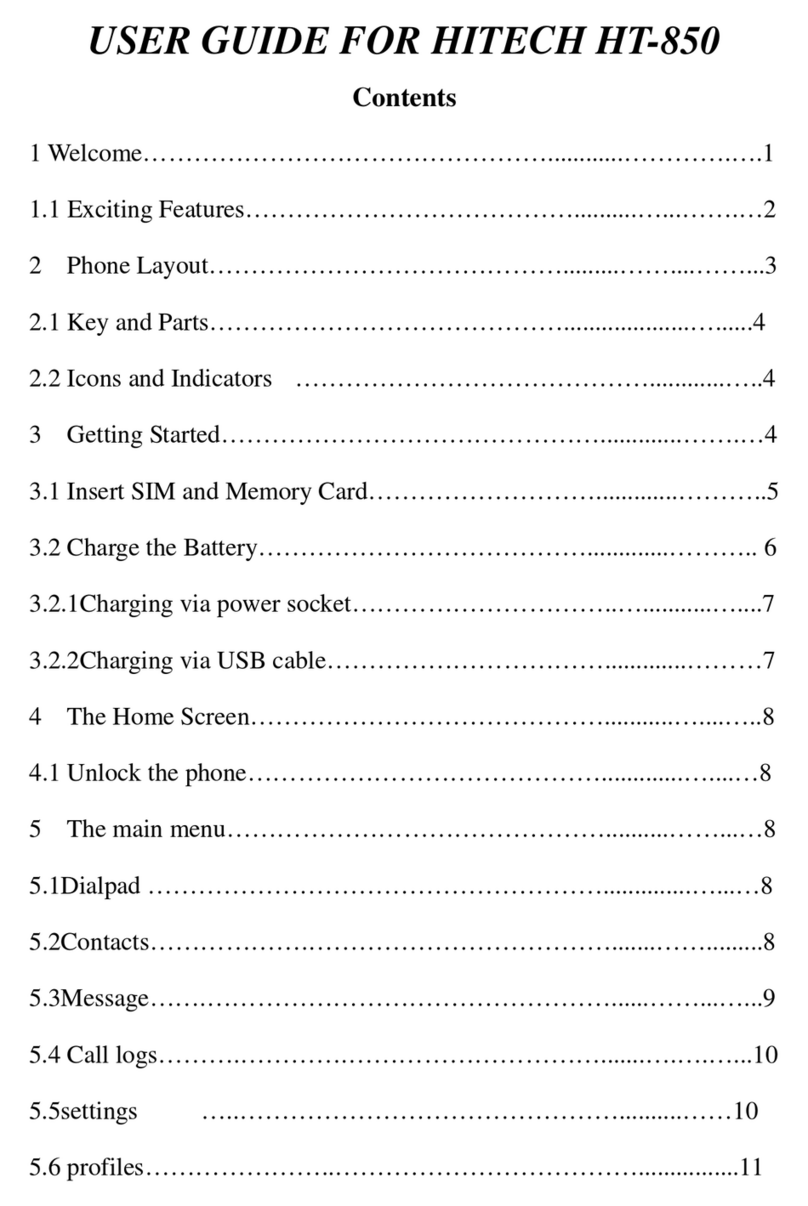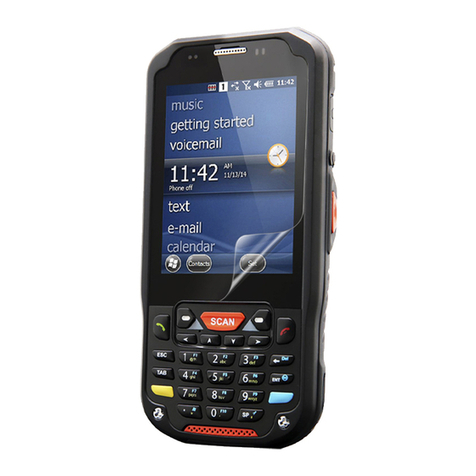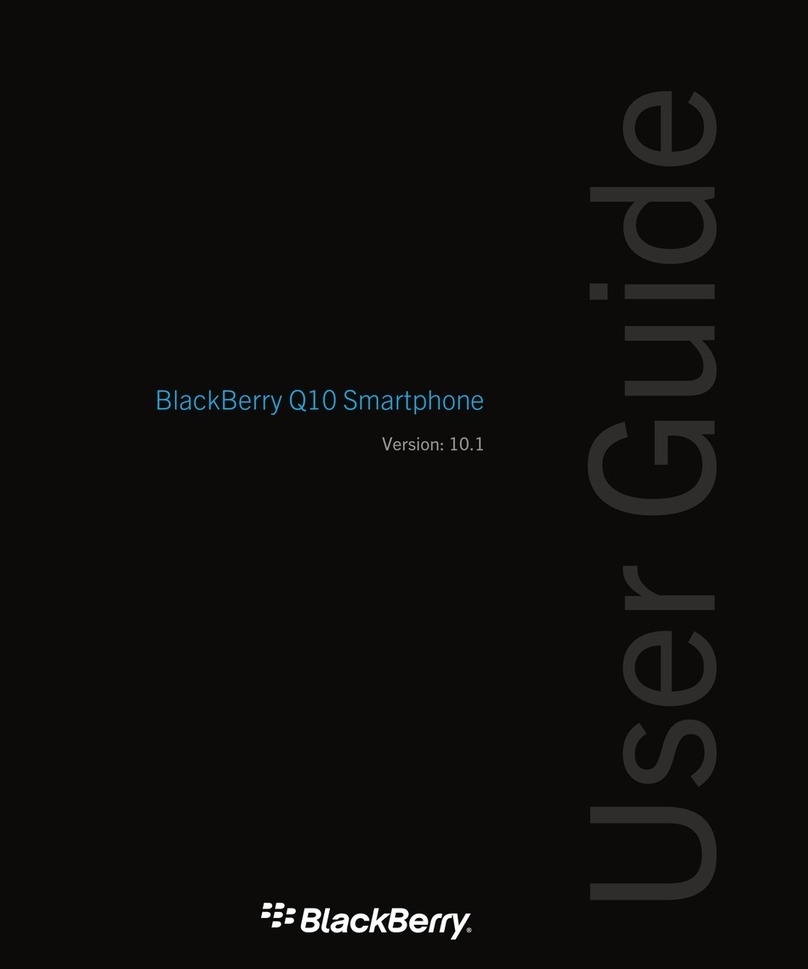
Battery Information
Charging and Discharging
Note that a new battery’s full performance
is achieved only after two or three com-
plete charge and discharge cycles!
The battery can be charged and dis-
charged hundreds of times but it will even-
tually wear out. When the operating time
(talk-time and standby time) is noticeably
shorter than normal, it is time to buy a new
battery.
When the charge drops to approximately
5% of the maximum battery capacity, the
message BATTERY LOW will warn you at
regular intervals. When there is no battery
capacity left, the message RECHARGE
BATTERY is displayed and the phone will
automatically be switched off to discharg-
ing mode when a charger is not con-
nected. During discharging, the message
DISCHARGING is blinking, and the phone
cannot be used. When the battery is dis-
charged, connect the phone to a charger
and CHARGING will be displayed for two
seconds when charging process is started.
Discharging can be interrupted by connect-
ing the phone to the charger.
While charging is in progress and the
powerisswitchedoff,thebatterycharge
indicator bar scrolls from clear to a full bar
on the phone display. When the indicator
disappears and the display is empty, charg-
ing is completed.
When the power is on during charging, the
battery indicator bar scrolls, and the phone
can be used.
Note:
If the battery is totally empty, the text POW-
ERING UP and the indicator appear on
the display. Charging is in progress but no
actions can be done until the battery
charge is high enough.
Use only batteries approved by the phone
manufacturer and recharge your battery
only with the chargers approved by the
manufacturer. When a charger is not in
use, disconnect it from the power source.
Do not leave the battery connected to a
charger for longer than a week, since over-
charging may shorten its life. If left unused
a fully charged battery will discharge itself
over time.
For good operation times, discharge the
battery from time to time as described (or
by using the battery discharge facility of
any approved accessory available for your
phone). Do not attempt to discharge the
battery by any other means.
Temperature extremes will affect the ability
of your battery to charge: it may require
cooling or warming first.
Note:
Use the battery only for its intended pur-
pose.
Never use any charger or battery which is
damaged or worn out.
Always switch the power off before remov-
ing the battery.
Note:
However, the battery can be removed
when the phone is discharging (DIS-
CHARGING is flashing on the display).
English
51998. Nokia Mobile Phones. All Rights Reserved.

